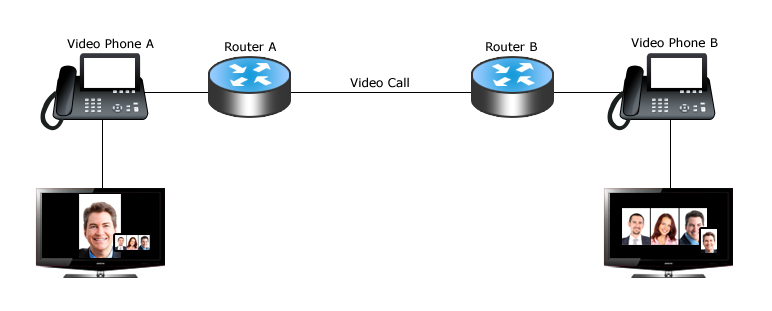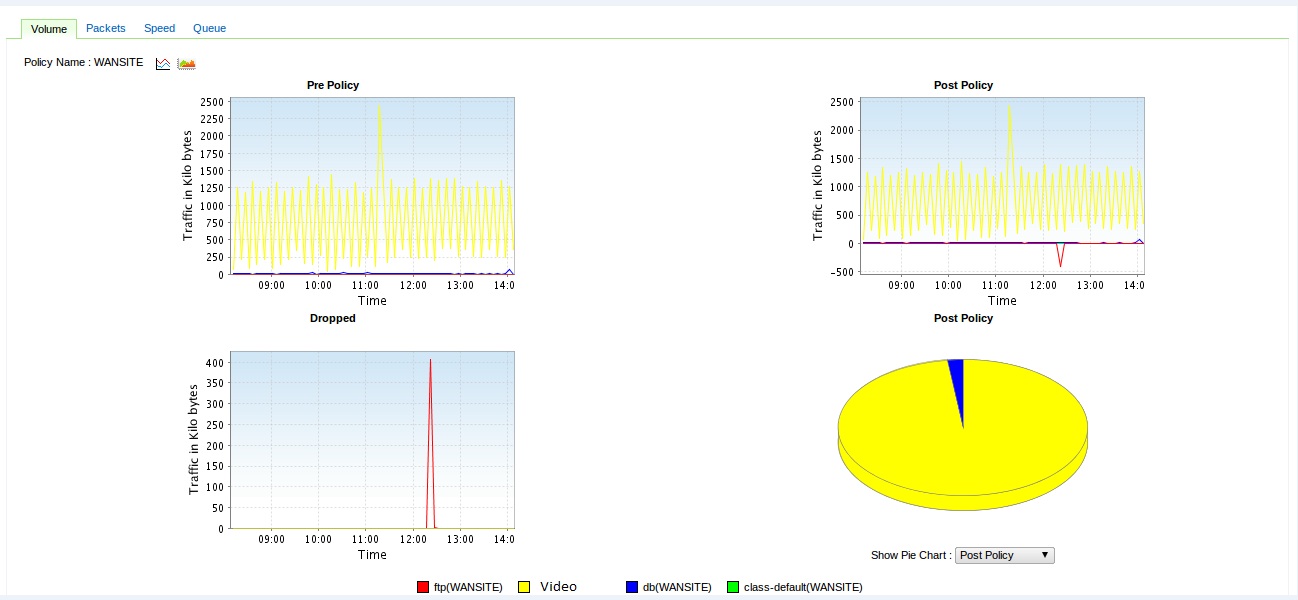Today, we commonly see IT budget reduction, cost cutting, and barriers for potential network circuit upgrades. In this tough economic situation, the motive of a network administrator should be optimizing the current infrastructure for future accommodations.
Optimization plays a major role when it comes to a distributed network architecture and when users are spread around the globe.
How can you optimize your network with your current infrastructure without adding new hardware or software to the mix? We’ll discuss this below.
The network administrator’s role is to ensure that the network is always up and running and that the performance of the entire network is always running smoothly, even when accessed from a remote location on the other side of the globe.
When accessing the database server or the in-house custom application from a remote site, the main concern is bandwidth over WAN. The bandwidth over WAN or internet on a corporate network is utilized by various business-critical applications and non-business-critical applications (bandwidth eaters).
 Shaping the bandwidth over WAN circuit plays a major role in optimizing network performance. This is where quality of service (QoS) plays a pivotal role. Class-based QoS in Cisco devices helps the network administrator define various classes based on criticality and assigns bandwidth percentages and priority marking among other things.
Shaping the bandwidth over WAN circuit plays a major role in optimizing network performance. This is where quality of service (QoS) plays a pivotal role. Class-based QoS in Cisco devices helps the network administrator define various classes based on criticality and assigns bandwidth percentages and priority marking among other things.
If available bandwidth on the network is like an ocean, you can ignore optimizing it. But what if it was like preserved water in a reservoir? The administrator needs to be aware of what bandwidth gate to open for effective utilization. QoS acts as the gate that helps classify important traffic and how to treat it.
In a distributed network, for cost-saving purposes and flexibility, most of the important meetings are conducted using VoIP or video conferencing. Both these applications are bandwidth-intensive in nature and have to be treated effectively over WAN so that the quality of a voice call or video is not compromised.
 Setting up a QoS policy for voice and video on Cisco routers
Setting up a QoS policy for voice and video on Cisco routers
Below, we’ll discuss how to set up an effective QoS policy for voice and video calls through Cisco routers.
QoS treatment for video streaming or conferencing
For classifying the video traffic to appropriate QoS values, the device should be capable of identifying this type of traffic. We can classify the video traffic using DSCP. The appropriate DSCP values are:
- Expedited forwarding (EF)
Packets with EF marking will be given high priority in the network. Cisco implements EF service under low latency queueing (LLQ). EF keeps the high-priority queue very small to control delay and to prevent starvation of lower-priority traffic. As a result, packets can drop if the queue is full. Usually, EF is most appropriate for VoIP. - Assured forwarding (AF)
Cisco design guides recommend AF41 (DSCP value 100010) for video. There’s no advantage to treating the audio portion of a video conference better than the video packets. Therefore, use AF41 as the DSCP value for both voice and video media in a video conference.
Below is the sample QoS configuration for video traffic.
Creating an access list for video-specific traffic
Cisco#(Conf)access-list 108 permit ip any any dscp cs4
Cisco#(Conf)access-list 108 permit ip any any dscp af41
Creating a class
class-map Video_Conference
match access-group 108
Creating a policy
policy-map QoS-Policy
class Video_Conference
priority 450 30000
Attaching to the WAN interface
Interface Multilink1
Ip access-group 108 out
service-policy output QoS-Policy
QoS treatment for VoIP
Packets marked with EF will be given high priority on the network. This marking is suited for voice-only traffic and provides a high-quality call.
The sample configuration mentioned below helps treat voice traffic effectively on a network over a WAN.
class-map match-any VOIP-SIGNAL
match ip dscp cs5
match ip precedence 4
match ip precedence 3
class-map match-any VOIP-RTP
match ip dscp ef
match ip precedence 5
!
!
policy-map QOS-Policy
class VOIP-SIGNAL
priority percent 5
class VOIP-RTP
priority percent 70
class class-default
fair-queue
random-detect
!
!
Interface Multilink
service-policy output QoS-Policy
After implementing QoS policies on the network, administrators can verify the performance of policies using tools that are capable of generating reports on class-based QoS (CBQoS). ManageEngine NetFlow Analyzer is a tool that supports CBQoS reporting and generates reports for policies and classes as shown below:
 ManageEngine NetFlow Analyzer also supports Cisco IP SLA, Medinet, and Mediatrace, which helps analyze the performance of VoIP and video traffic in real time.
ManageEngine NetFlow Analyzer also supports Cisco IP SLA, Medinet, and Mediatrace, which helps analyze the performance of VoIP and video traffic in real time.
We consider QoS the most important component of traffic engineering, which is why we joined with Cisco to offer a webinar on creating awareness about QoS and its importance.


